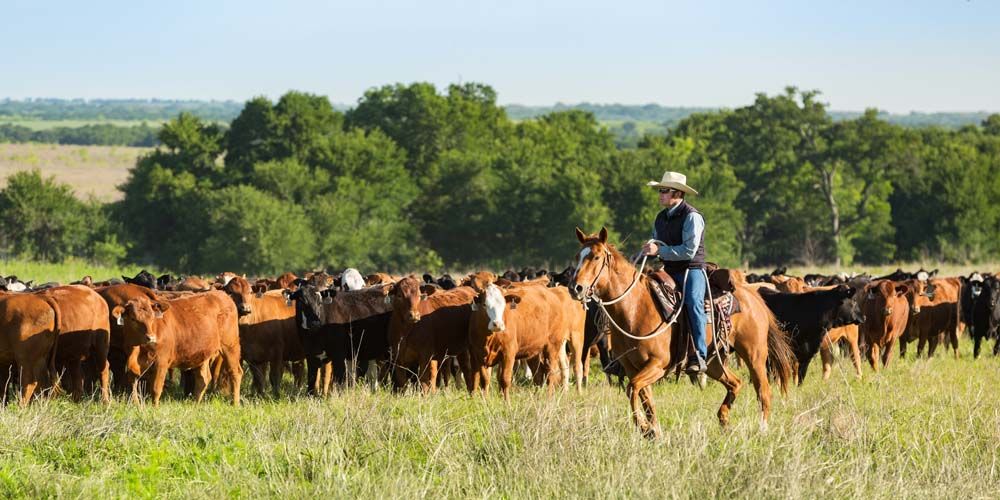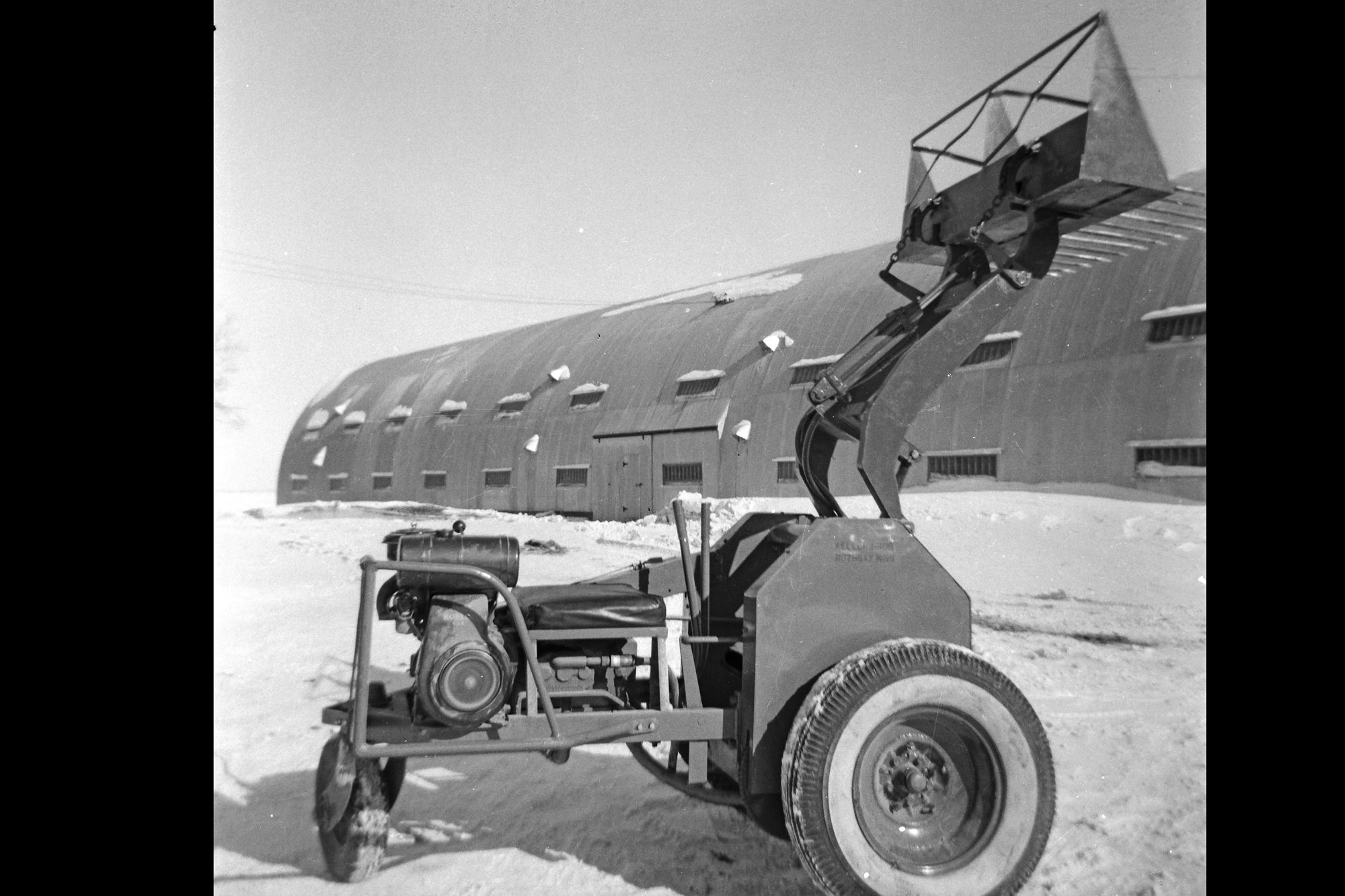Restoring Rangeland Back to the Future


Massive wildfires are on the rise throughout the West, reshaping plant communities and endangering native grasses that are a key source of livestock forage. Reseeding with locally-sourced seed is common, but climate change raises the question: What’s the best way to heal the land when its future environment might not look like its past?
“Maybe we also need to look to climates that may be more in keeping with what future conditions might bring,” said Lina Aoyama, Ph.D. candidate from the University of Oregon.
Funded by a grant from the Western Sustainable Agriculture and Education program (SARE), Aoyama is exploring ways to improve post-fire reseeding efforts and promote resilient rangelands in the Great Basin (most of Nevada, half of Utah and sections of Idaho, Wyoming, Oregon, and California).
Land managers in the Great Basin usually reseed burned rangeland with native grasses that grew in the area before the fire, which is generally what land restoration is all about.
To evaluate performance, Aoyama grew locally-sourced seeds alongside native-grass seeds from two other climates, one that was hotter and drier and another that was cooler and wetter. She grew the seeds in three controlled environments: One with ambient rainfall, one under moderate drought conditions and another under severe drought conditions.
A surprise for the future
Under moderate drought conditions, a likely future situation in the Great Basin, seeds from drier/hotter and from cooler/wetter regions performed better than the locally sourced seeds.
Under severe drought conditions, none of the samples performed well.
Aoyama’s takeaway: Variety gives post-fire seeding the best chance to succeed.
“It’s good to hedge your bet,” she explained. “Seeds from various climates provide greater genetic diversity and more strategies to adapt when faced with stressful growing conditions.”
Environmental, economic soundness
In the short run, it won’t be easy for land managers to buy large quantities of native-grass seeds from multiple climates. Aoyama hopes that projects like these can help expand seed availability and support evolving restoration strategies.
Rangeland restoration is at the heart of several other SARE projects. One multi-disciplinary team in Central Idaho is looking for ways to control cheatgrass and other invasive grasses, which are as destructive as fire to Western rangeland.
Like Aoyama’s project, the goal is to keep rangelands economically and environmental sound.
Tags:Acreage Accents

Acreage Life is part of the Catalyst Communications Network publication family.












